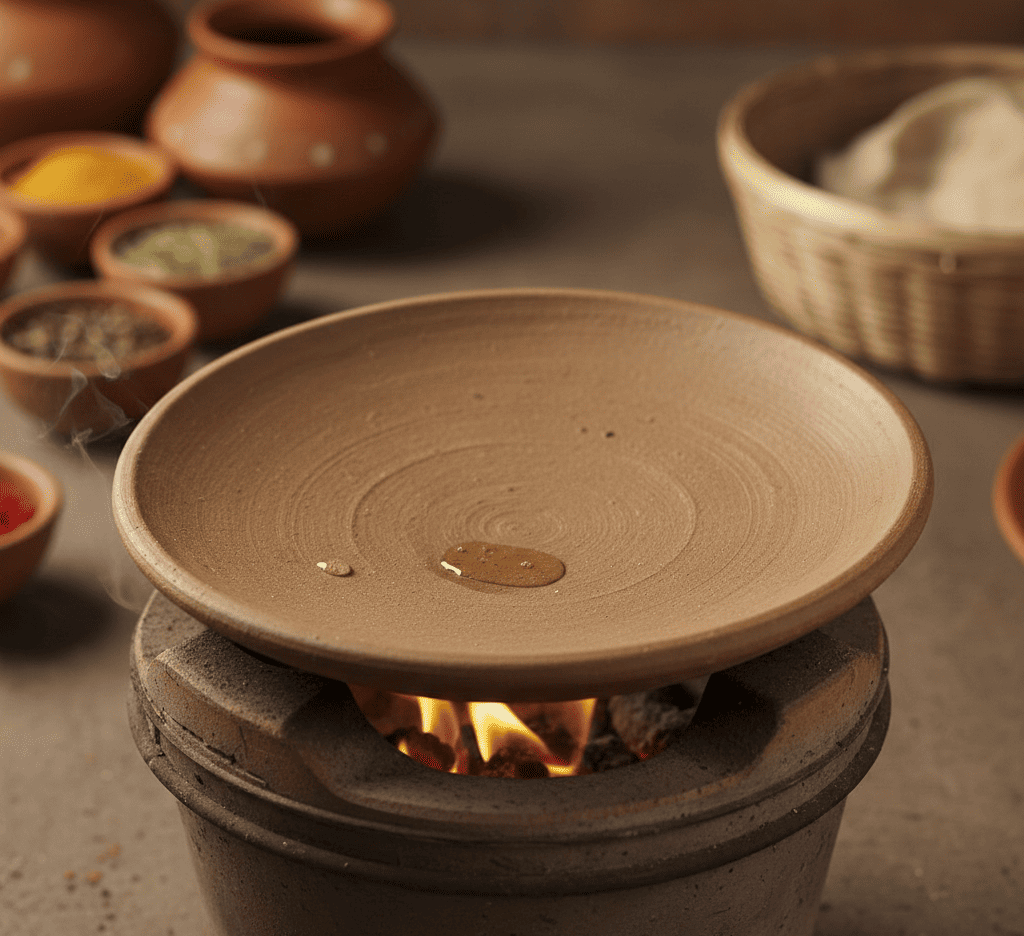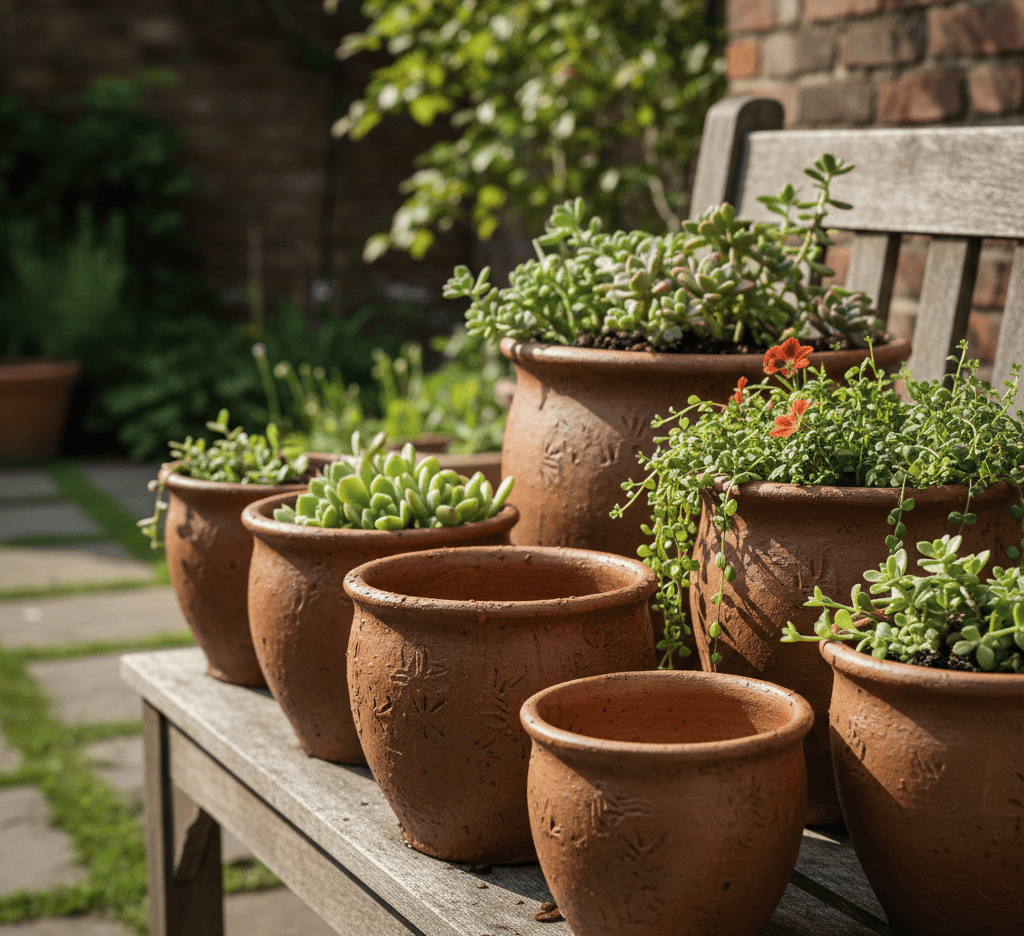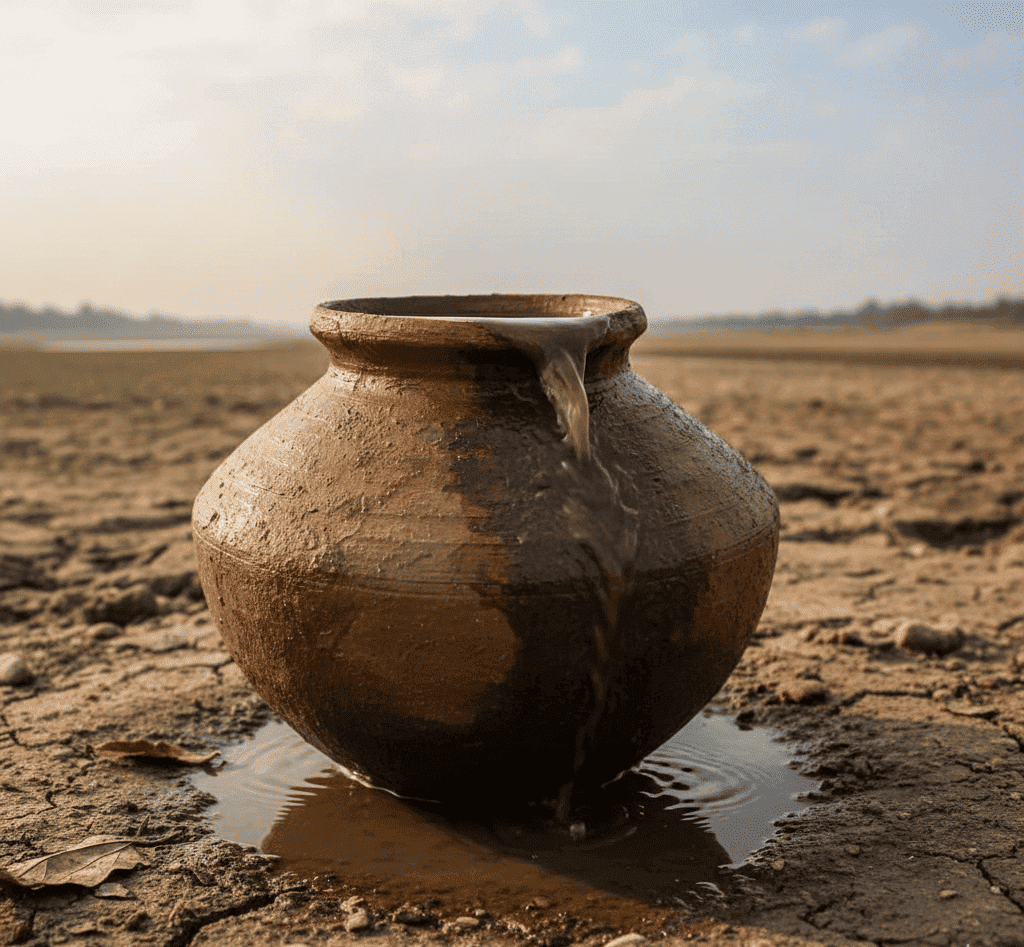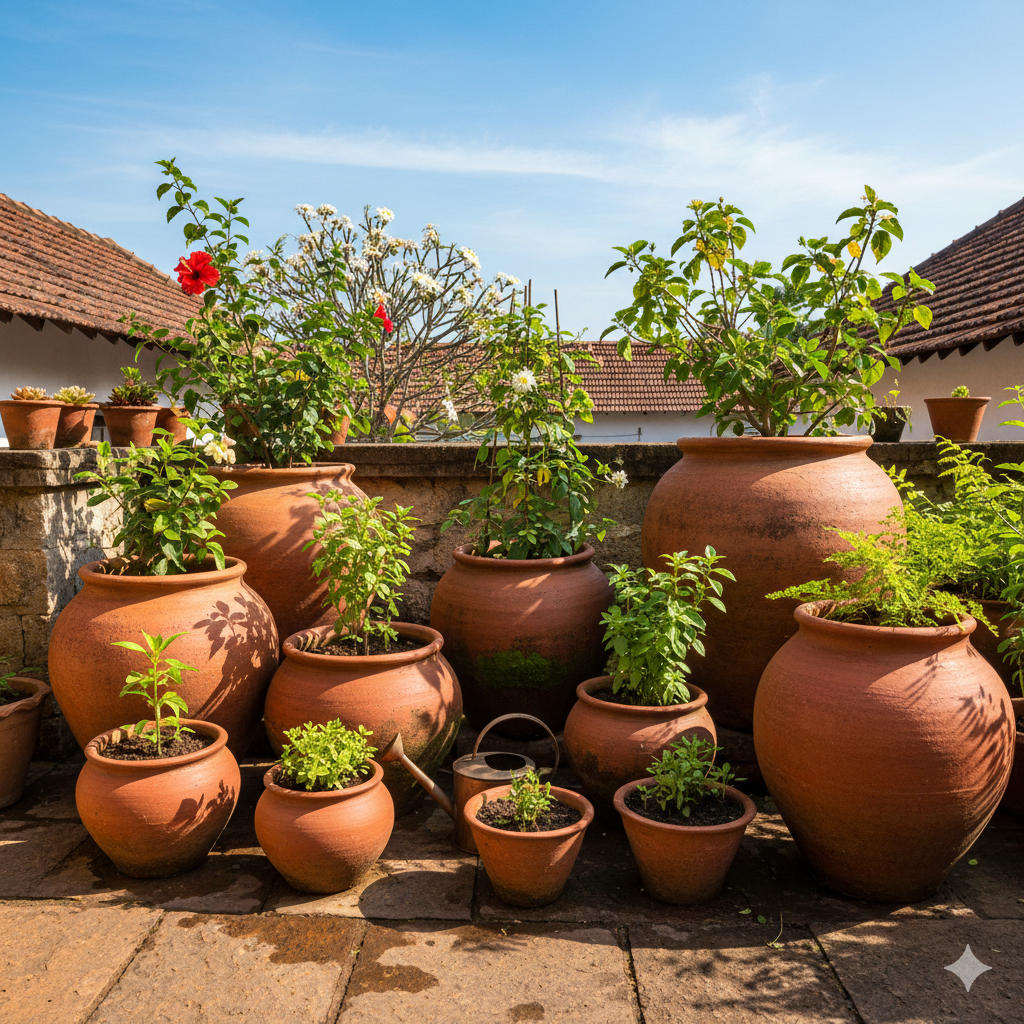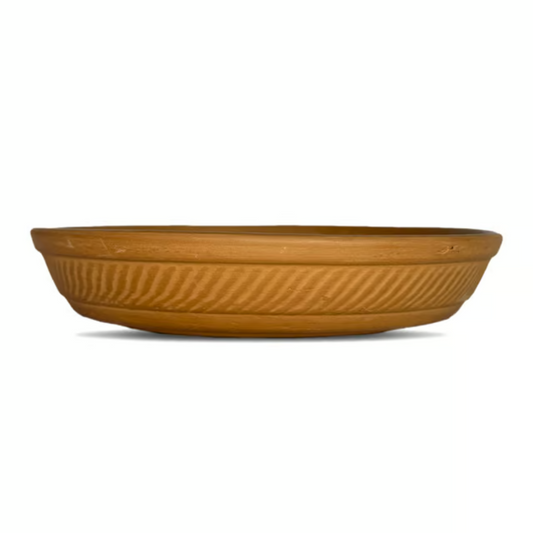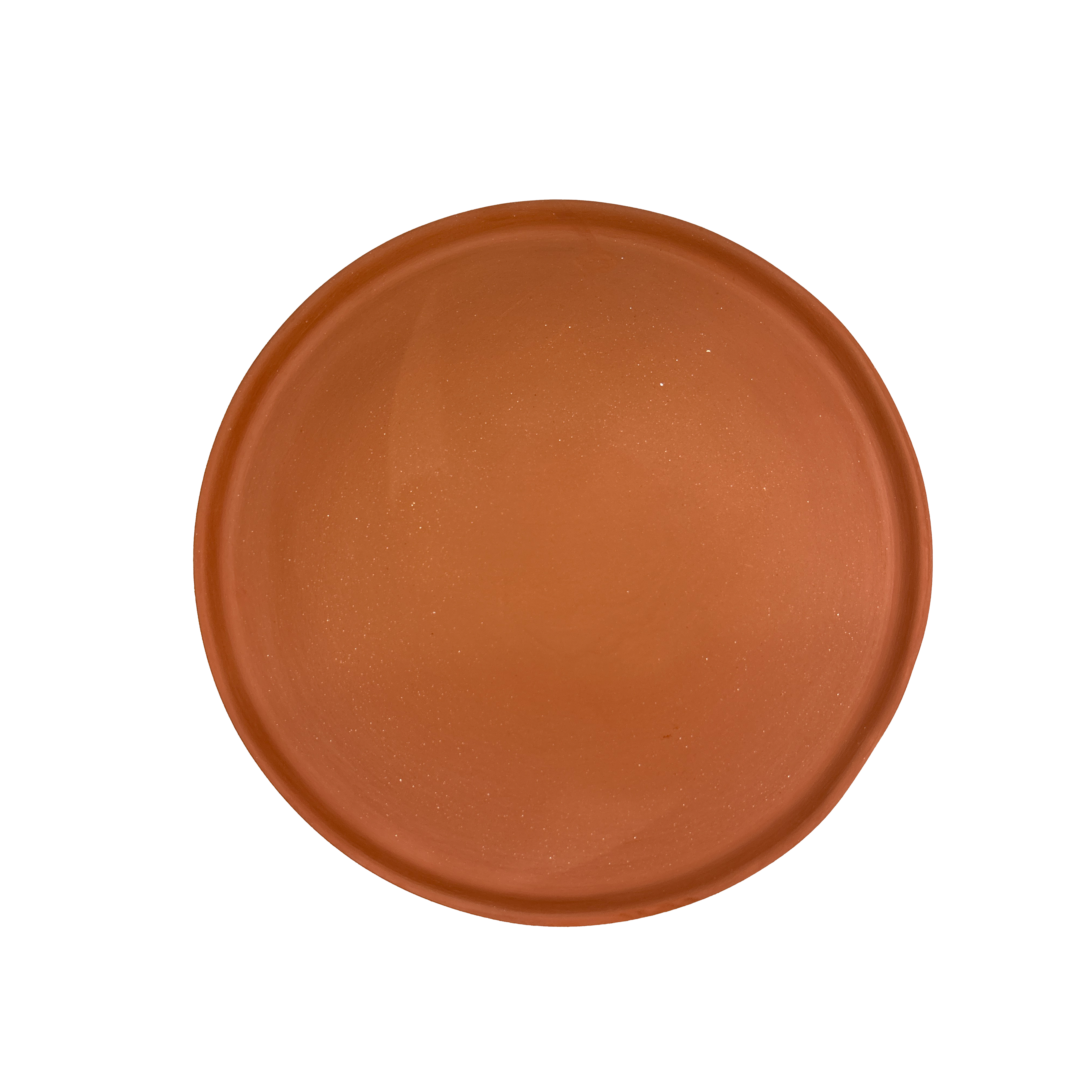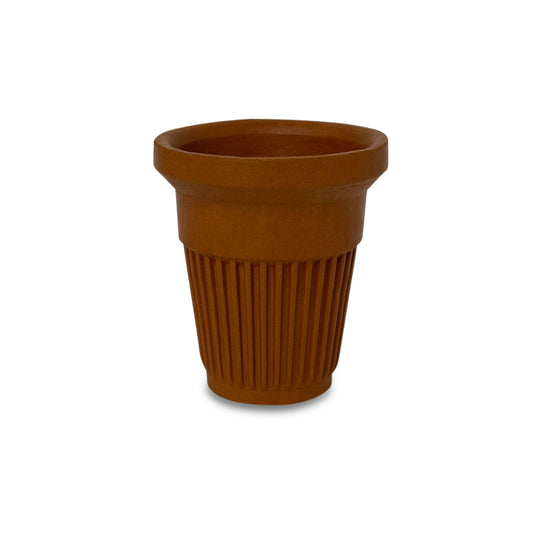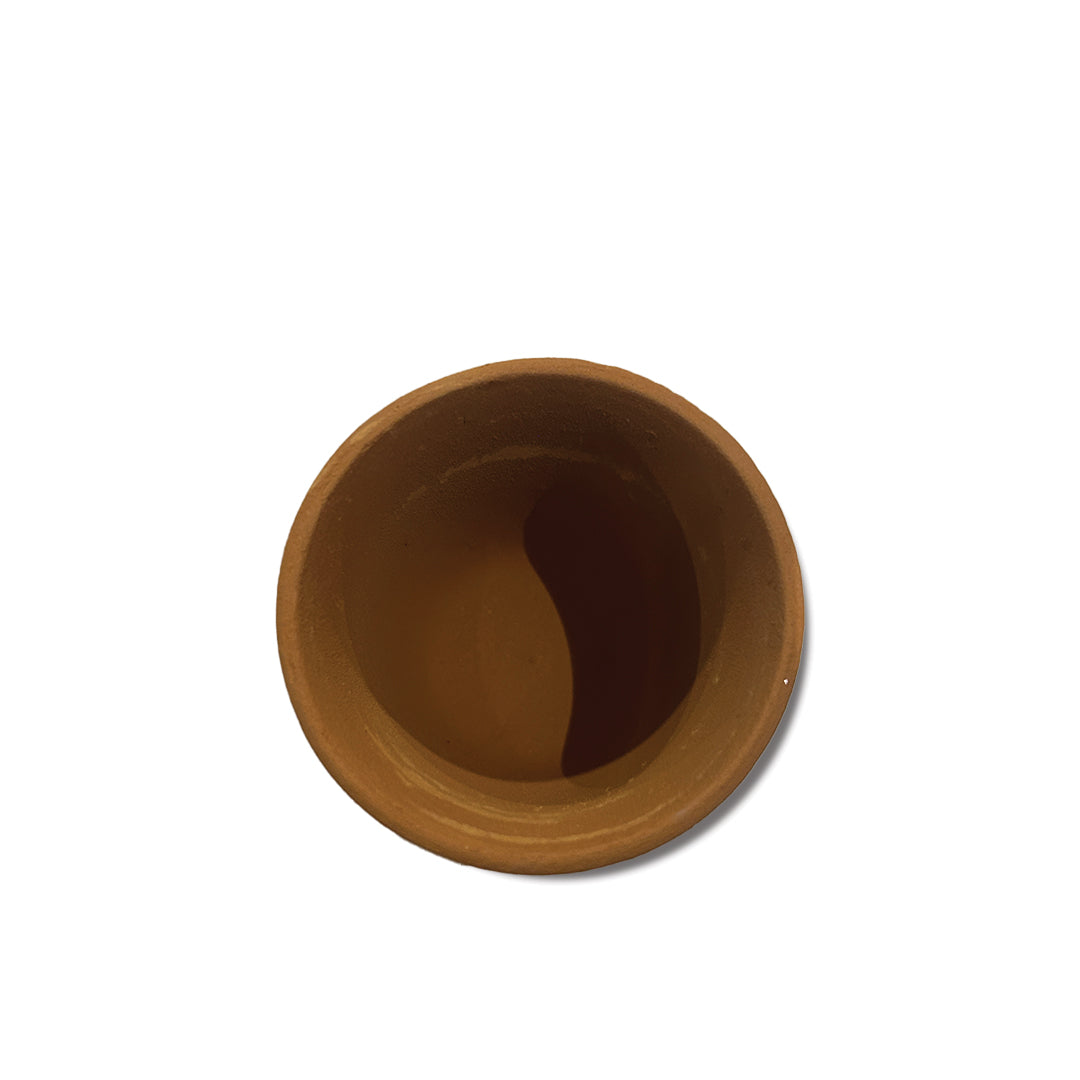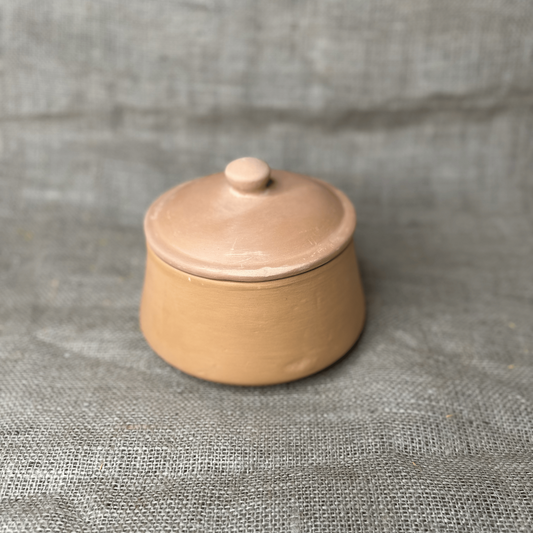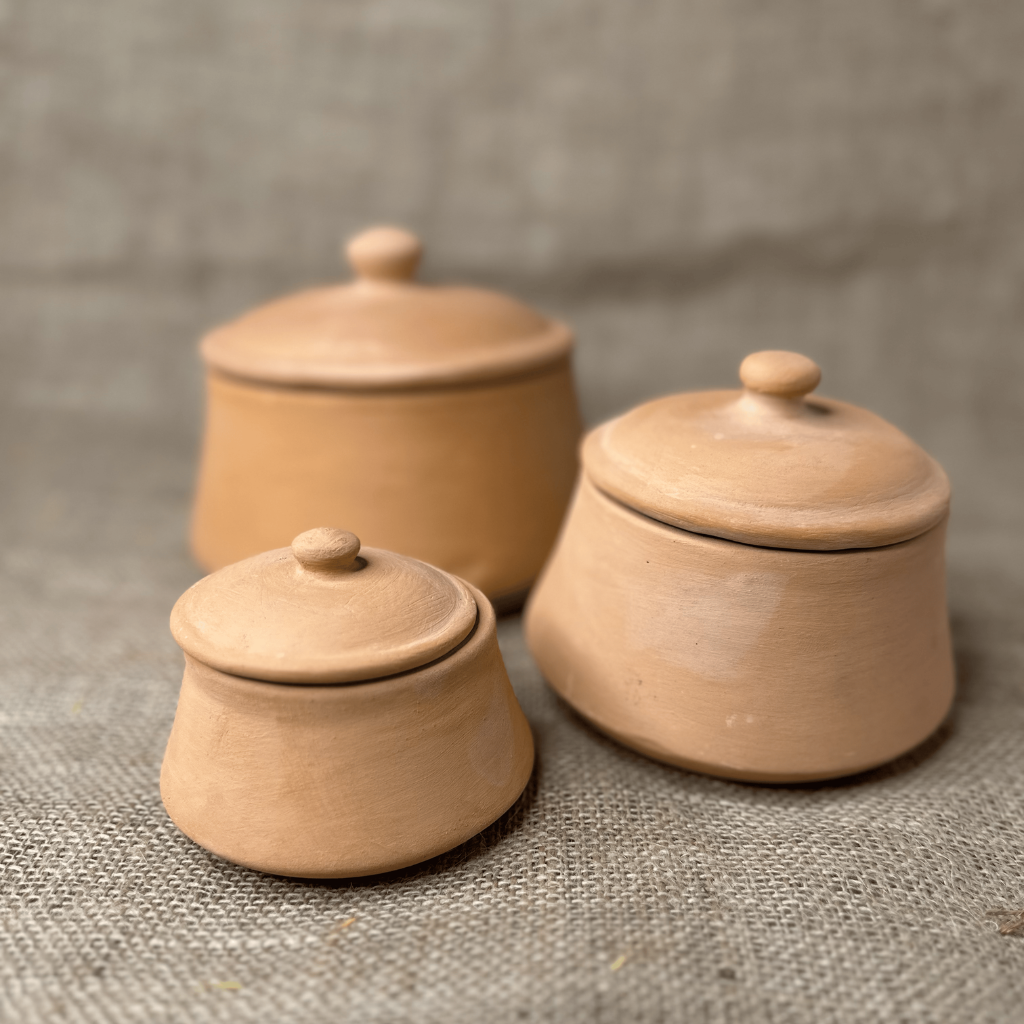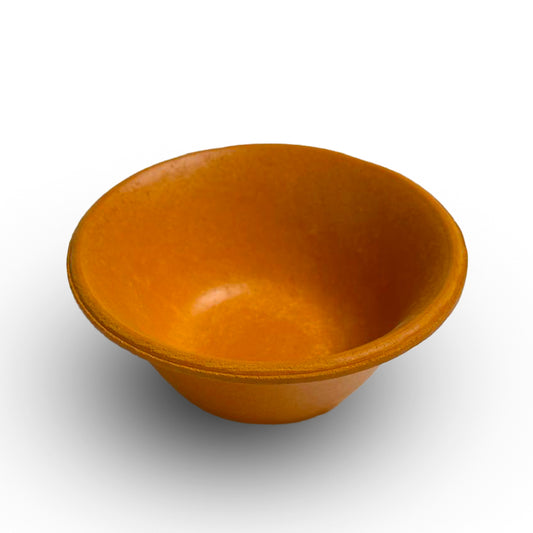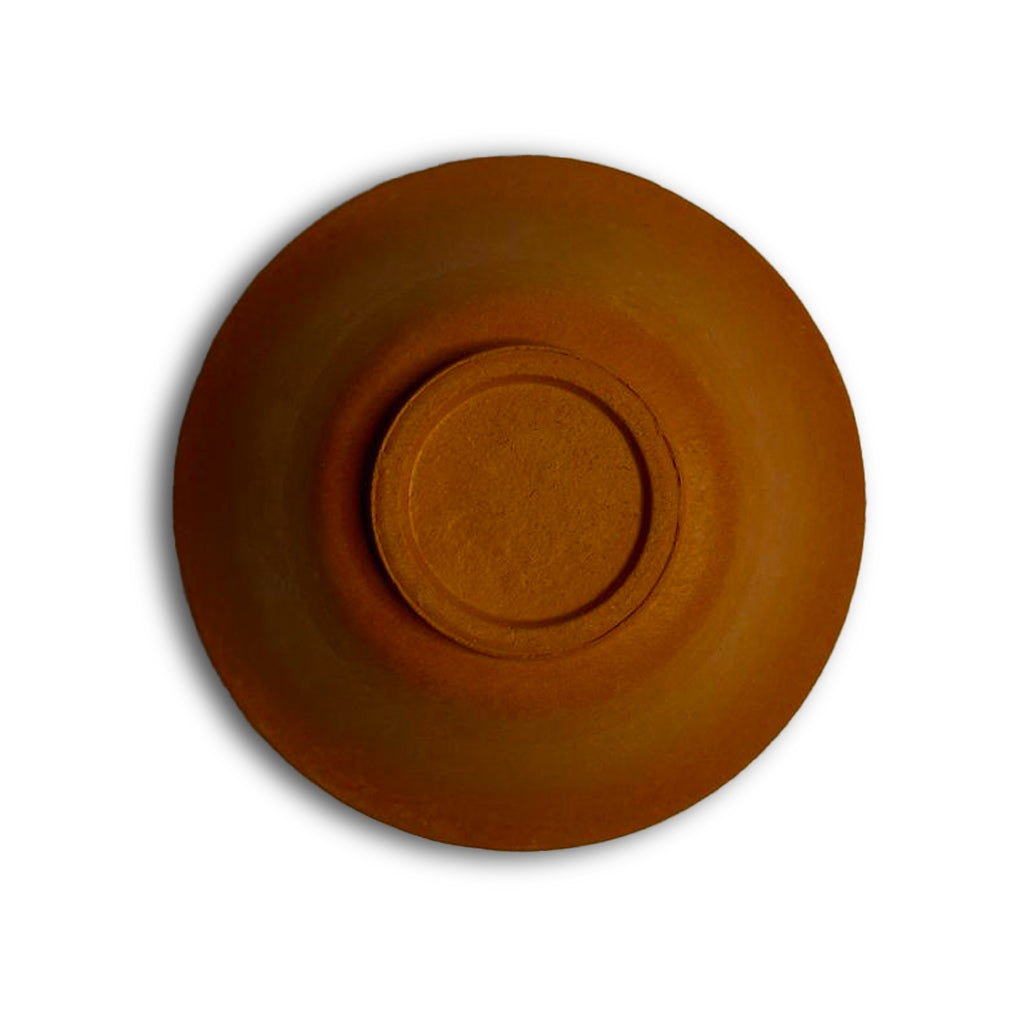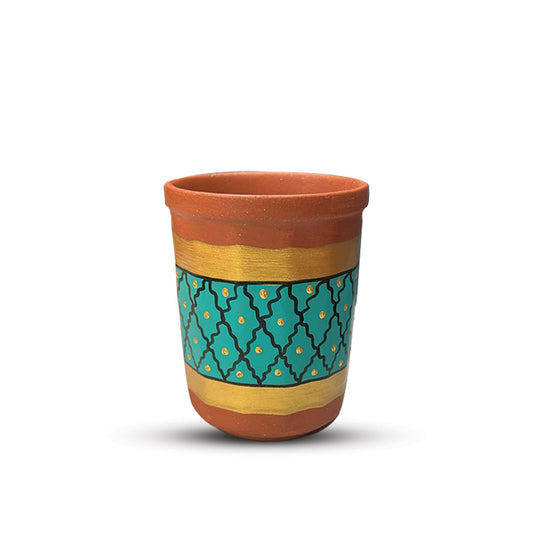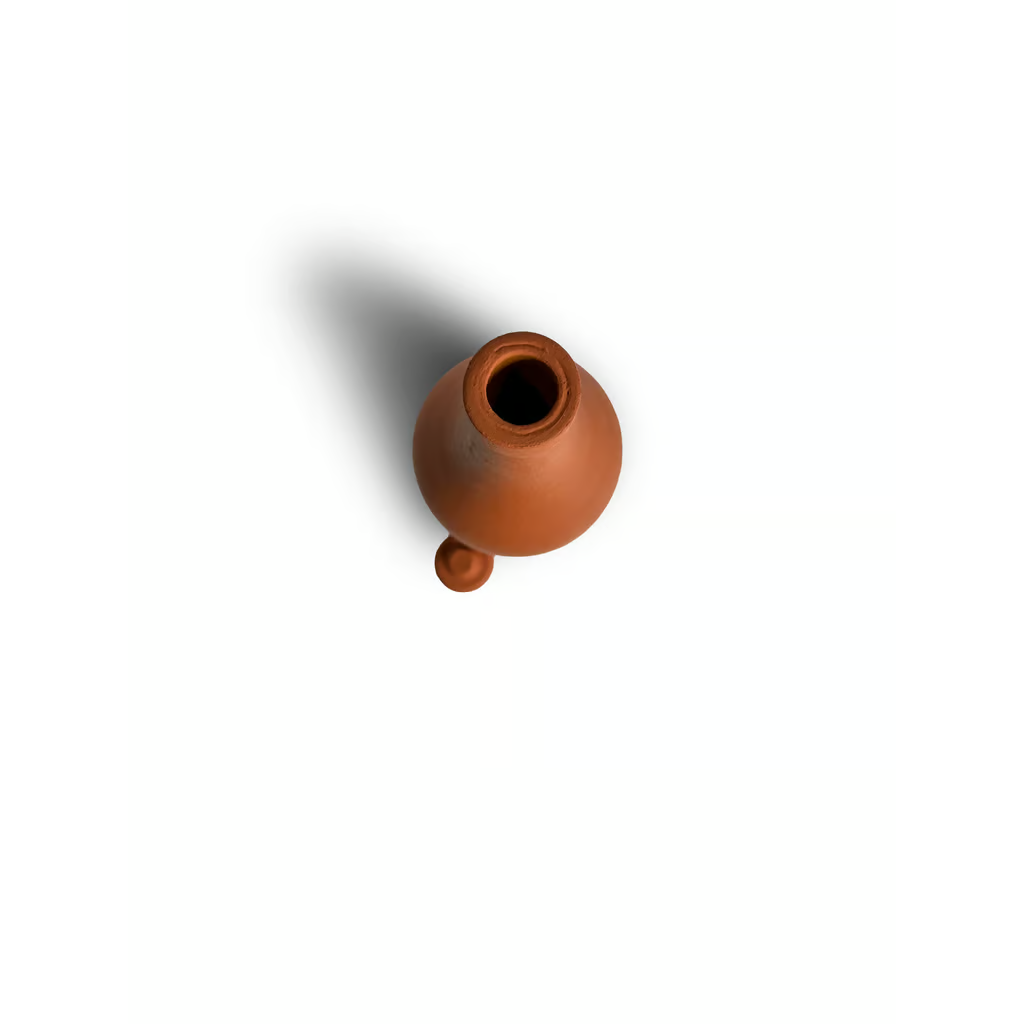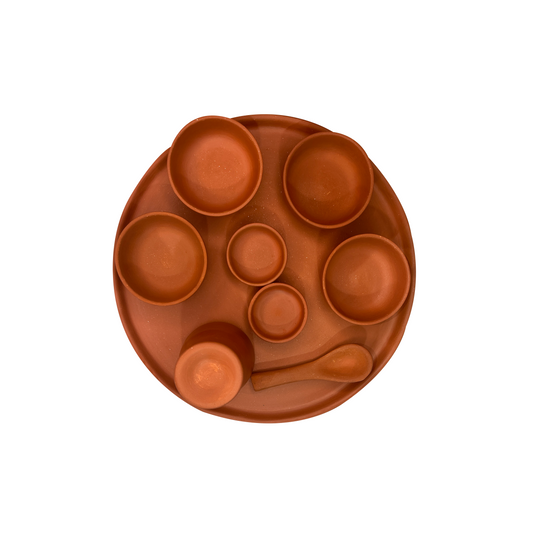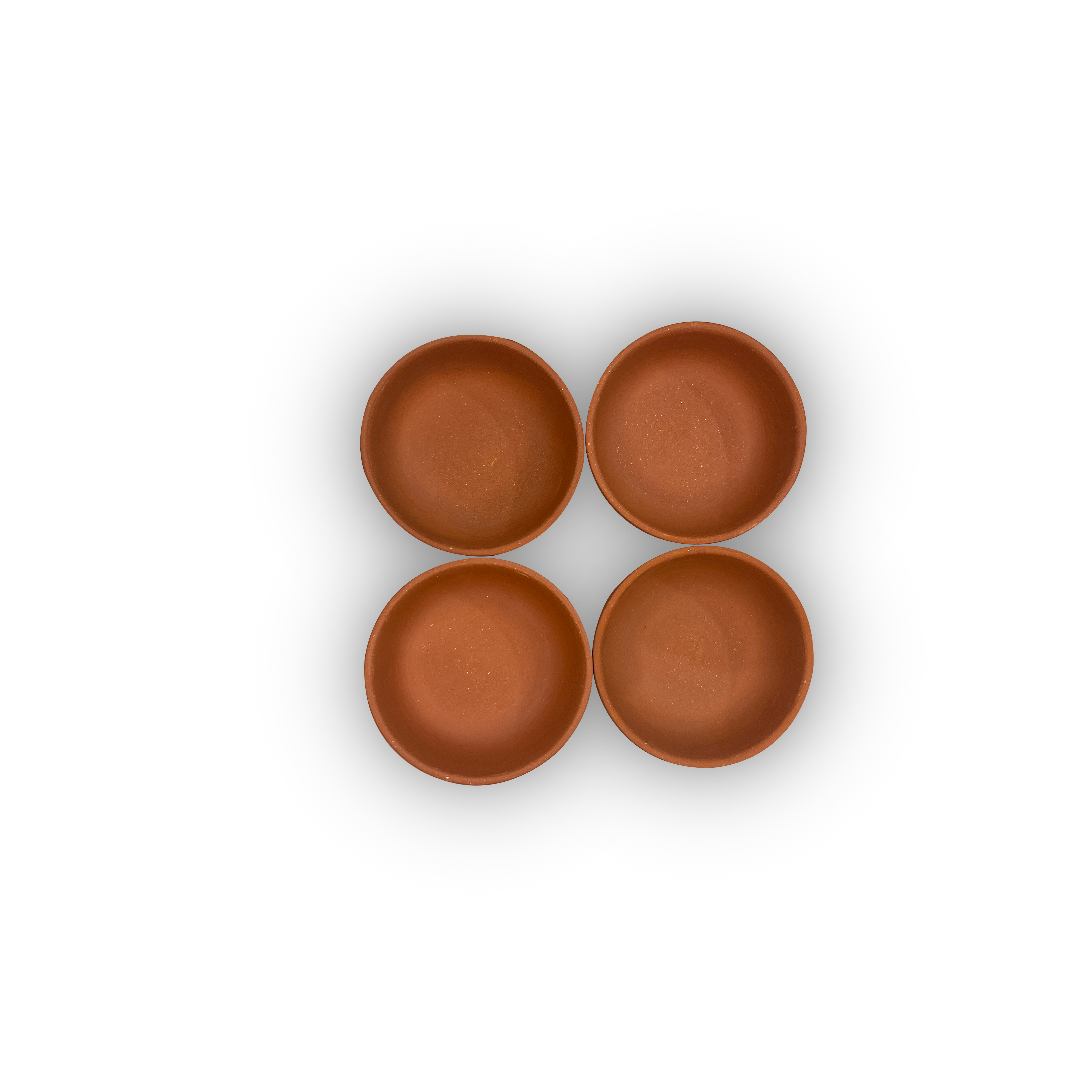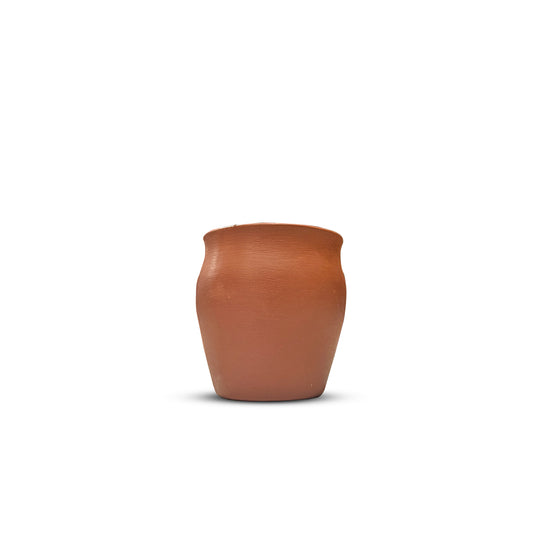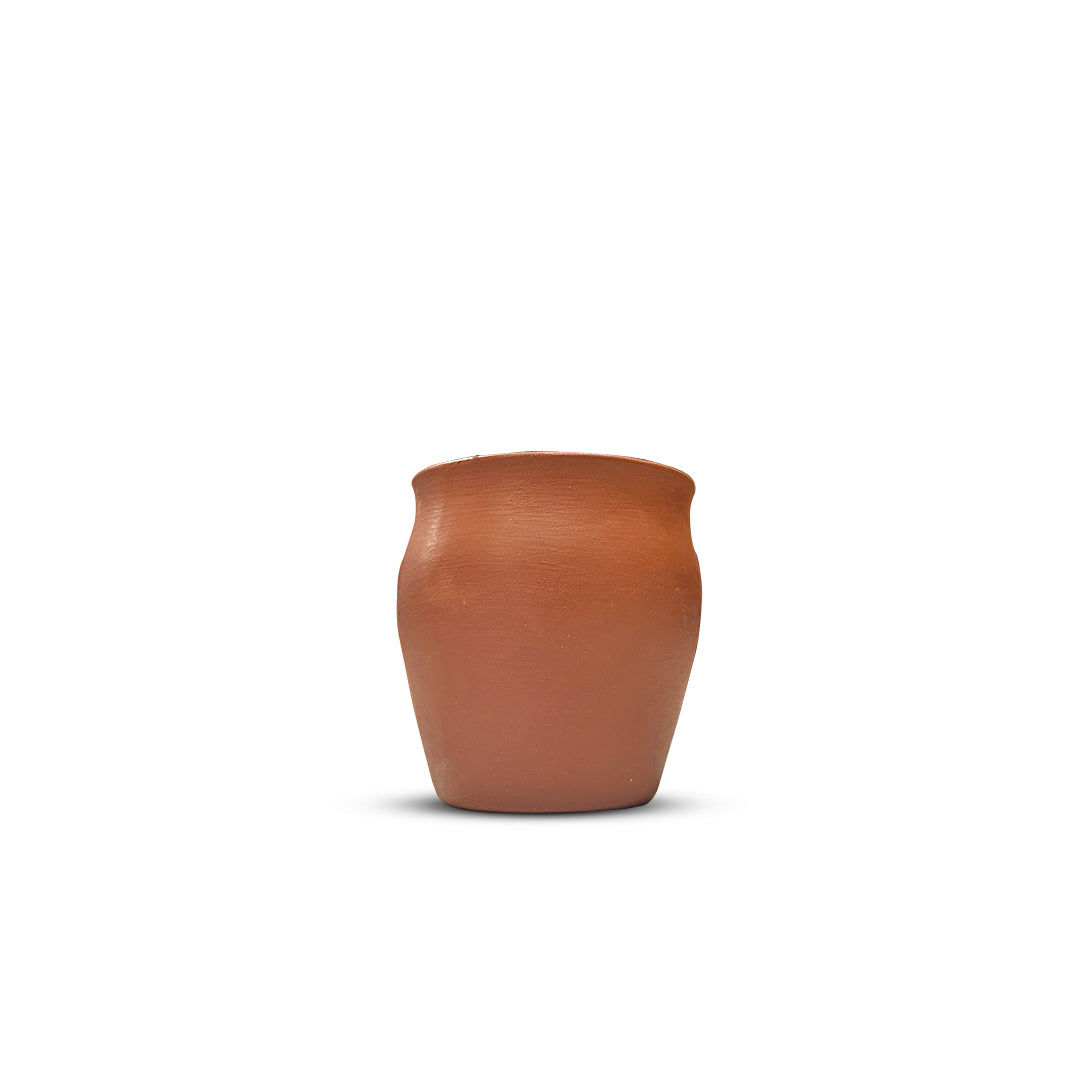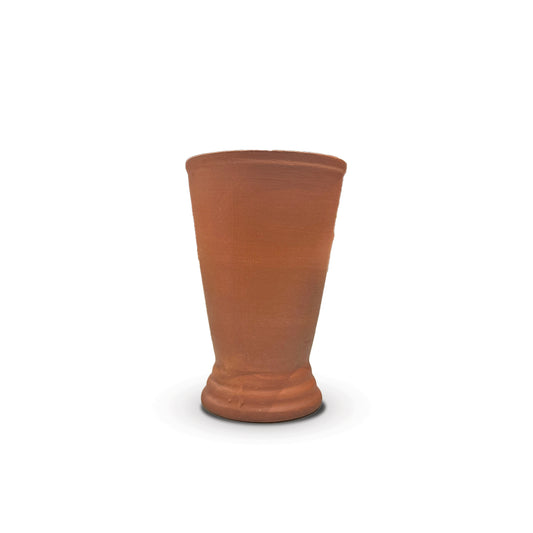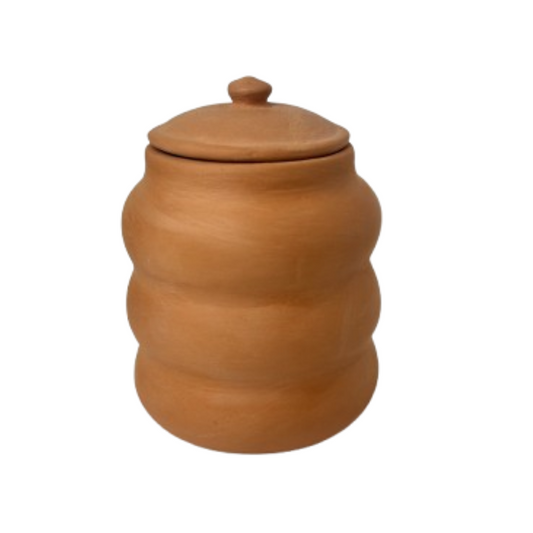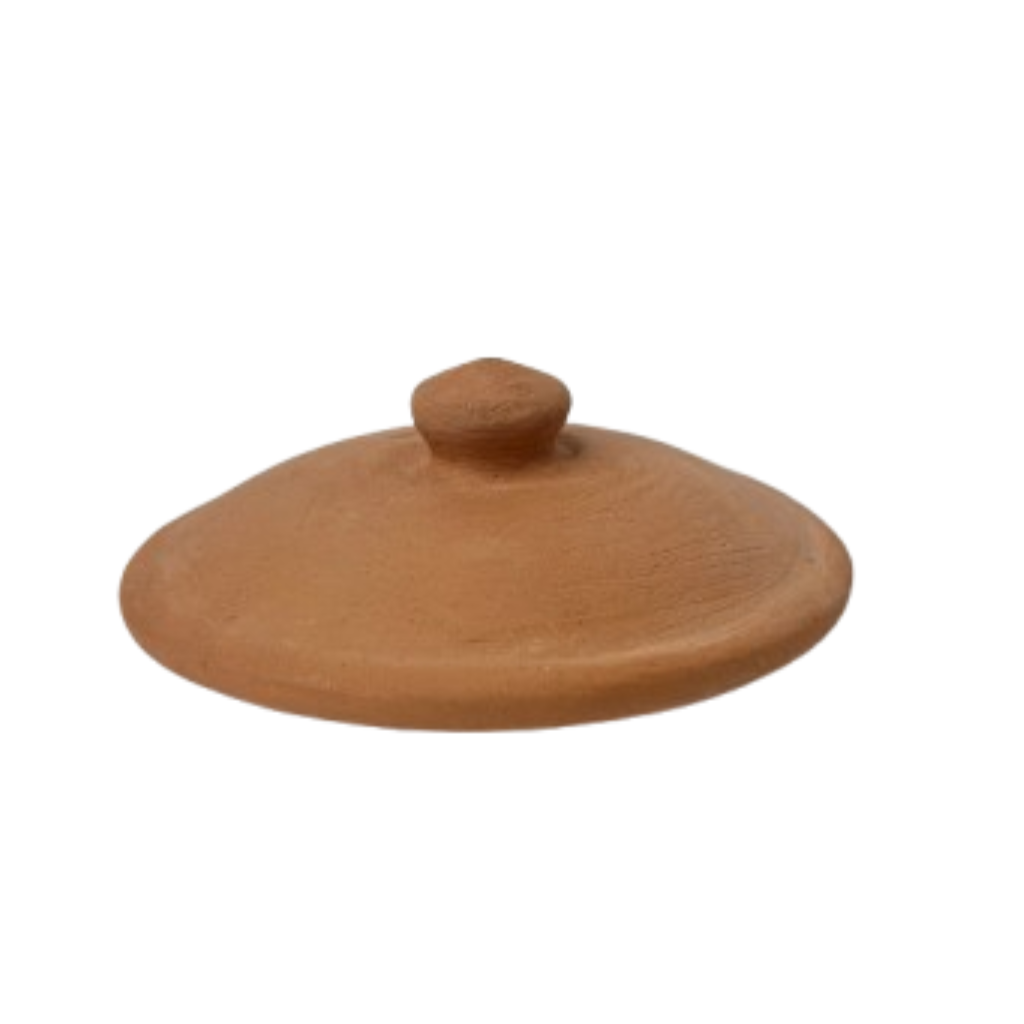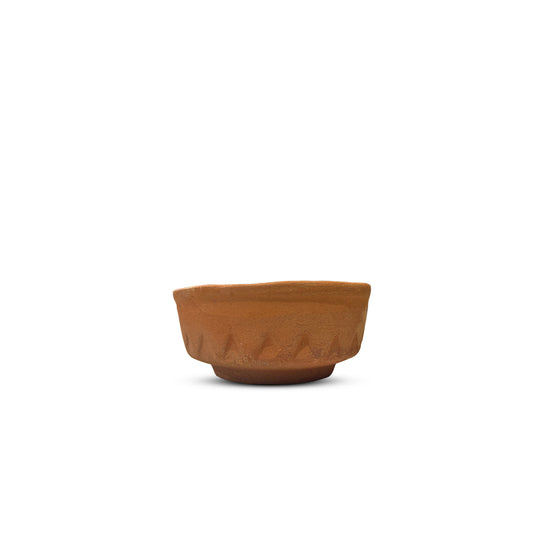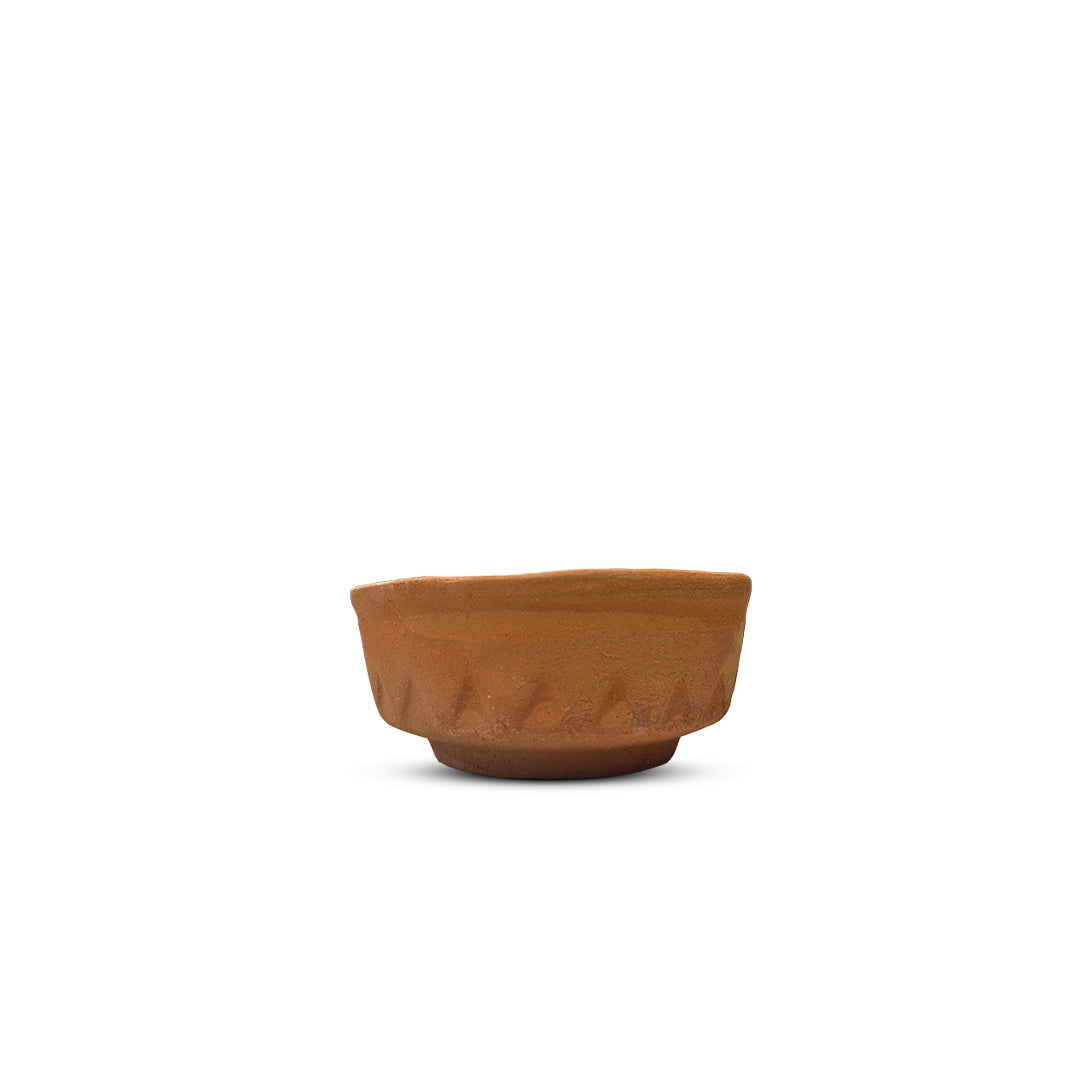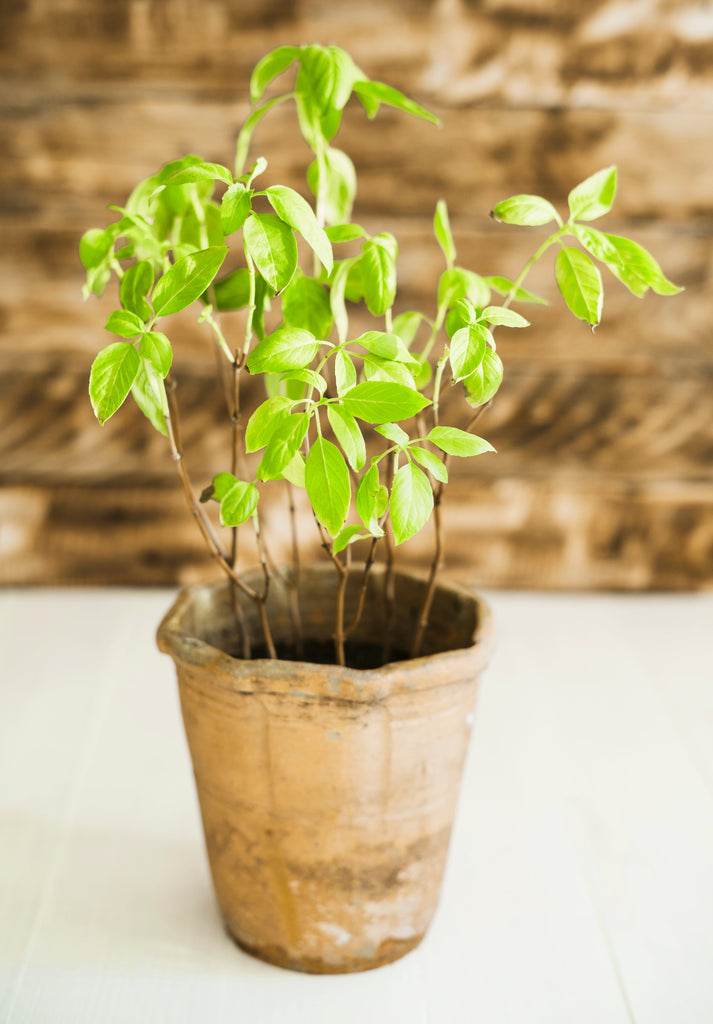
Vastu Benefits of Placing a Tulsi Vrindavan in Your Home

In every and all corners of India, from bustling cities to peaceful villages, the Tulsi plant, the "Queen of Herbs," has been given a position of respect that is enduring. More than just a simple botanical presence, Tulsi is a symbol of purification, devotion, and protection. Commonly nurtured in a Tulsi Vrindavan — a lovingly crafted pedestal that is typically built from natural substances like clay — the sacred plant has been a part and parcel of Indian homes for generations.
But even today, as architecture evolves and modern tastes dictate design, the Tulsi Vrindavan remains timeless. In fact, its significance has grown, as people seek more meaning, spiritual well-being, and positive energy in their homes.
The Vastu Blessings of a Tulsi Vrindavan
-
Increasing Positive Energy and Inner Peace
According to Vastu Shastra, the ancient Indian art of living in harmony, each house is a meeting point for energies. A well-placed Tulsi Vrindavan, with Vastu guidelines in mind, is a strong catalyst to get these energies harmonized, infusing the home with positivity. It is believed that the intrinsic energy field of the
Tulsi plant, if kept as per Vastu guidelines, purifies the atmosphere and neutralizes negativity..
The Tulsi Vrindavan functions similarly to the conventional homa kundam or havan kund (also spelled hawan kund), where rituals are conducted to cleanse and energize environments. While a havan kund directs energy via Agni (fire), a Tulsi Vrindavan directs it via life itself.
-
Attracting Prosperity and Good Fortune
The positioning of Tulsi is not only about spiritual uplift; it is closely related to prosperity. In Vastu practices, the movement of positive energy is inextricably linked with material prosperity. An optimally placed Tulsi Vrindavan, similar to the rituals surrounding an agni havan kund or agni kund, brings blessings, balance, and opportunities into the household.
On another level, it implies openness — an open home, in accord with the flow of life. By creating a sacred, mindful space, people create an environment that tends to attract success, happiness, and contentment automatically.
-
Supporting Health and Well-being
Tulsi’s medicinal properties are widely celebrated in Ayurveda, offering everything from immunity boosts to stress relief. But when seen through a Vastu lens, its role becomes even more expansive. A Tulsi Vrindavan doesn't just enhance the aesthetic of a home — it fosters a healthier, more vibrant living space.
The Tulsi plant naturally cleanses the air and harmonizes the vital energies of the home. Especially in today's day and age, when cleanliness of the home air and integrative wellness are on everyone's mind, maintaining a Tulsi in the midst of your home is both traditional and modern-day necessity.
-
Strengthening Family and Inner Peace
Daily rituals done around the Tulsi — lighting a diya, water offering, whispering prayers — provide more than piety. They provide moments of togetherness. Families sitting together before the Tulsi Vrindavan, even for a couple of minutes every day, create a thread of togetherness that becomes stronger with the passage of time.
-
Enhancing the Aesthetic Spirit of the Home
A Tulsi Vrindavan is not just a spiritual feature; it is a design statement. Particularly when designed in natural clay, the Vrindavan is a gorgeous confluence of tradition and contemporary style. It breaks the hard lines of modern spaces, warms up austere environments, and is a talking point that talks of heritage, awareness, and individual philosophy — a combination that is hard to find and actually does lift the spirit of a home.
Where a havan kund leaves behind the symbolic remains of transformation, a Tulsi Vrindavan leaves behind a lasting, living legacy of peace, purity, and life-sustaining growth.
How to Position Your Tulsi Vrindavan
-
Direction Matters
The east, northeast, or north side of the house is regarded as most auspicious. These positions are aligned with the nourishing energies of the rising sun and the earth's magnetic fields, which reinforce positivity and spiritual vitality. On the other hand, positioning the Tulsi in the south — that of denser, heavier energies — is generally avoided since it may undermine the desired effects.
-
Strategic Locations Within the Home
Open courtyards, front yards, balconies, or a special puja room are the best places for the Tulsi Vrindavan. These areas enable the Tulsi to get enough sunlight — critical for its life force — and also ensure that sacred energies pass naturally through the house.
It is best to keep the Tulsi away from areas of clutter, heavy furniture, dustbins, or under staircases, as these places can interfere with the subtle balance of positive energy, just like conducting a havan at an inauspicious moment would weaken its potency.
-
Surroundings Matter Too
What the Tulsi is placed among also counts. It's preferable to develop an open, peaceful environment around the Vrindavan. Thorns, pointed objects, or electronic clutter in close proximity are not a good idea. Instead, accompany it with soft flowering shrubs, clean surroundings, and peaceful lighting so that the spiritual energy of the Tulsi can breathe and shine freely.
Embrace Auspiciousness
In a time when wellness is redefined by spirituality, mindfulness, and sustainability, the Tulsi Vrindavan is a rich symbol — ancient yet acutely contemporary. Traditional wisdom is that natural elements — such as clay, stone, or wood — possess grounding energies. Clay specifically is attuned to stability, nurturing, and grounding with Earth.
Mudkart's hand-painted clay Vrindavans are a testament to this spirit. Crafted to marry tradition with contemporary sensibilities, they not only pay respect to the holiness of the Tulsi but also add beauty to the aesthetic soul of your home.
If you’re ready to embrace the blessings of Vastu and reconnect with the timeless wisdom of Indian living, explore Mudkart’s curated collection of Tulsi Vrindavans.


